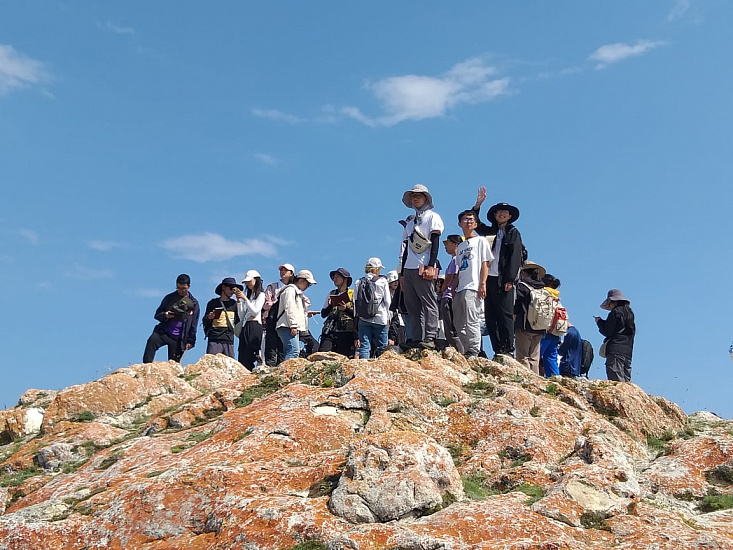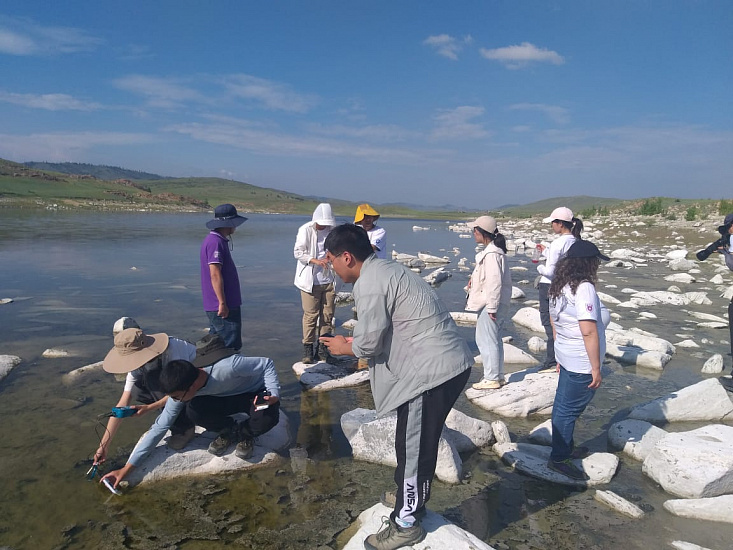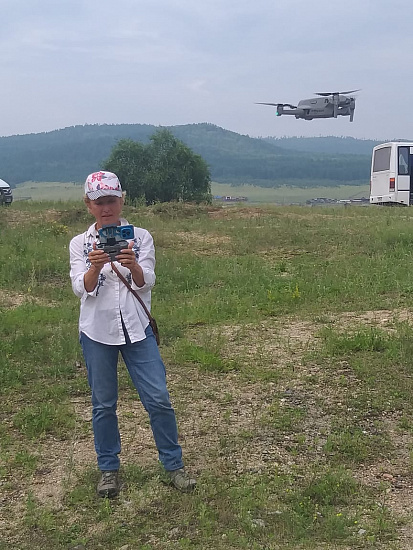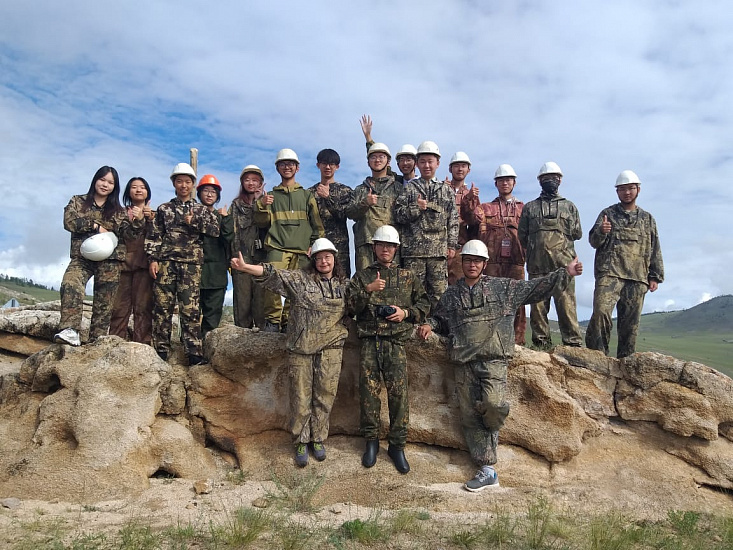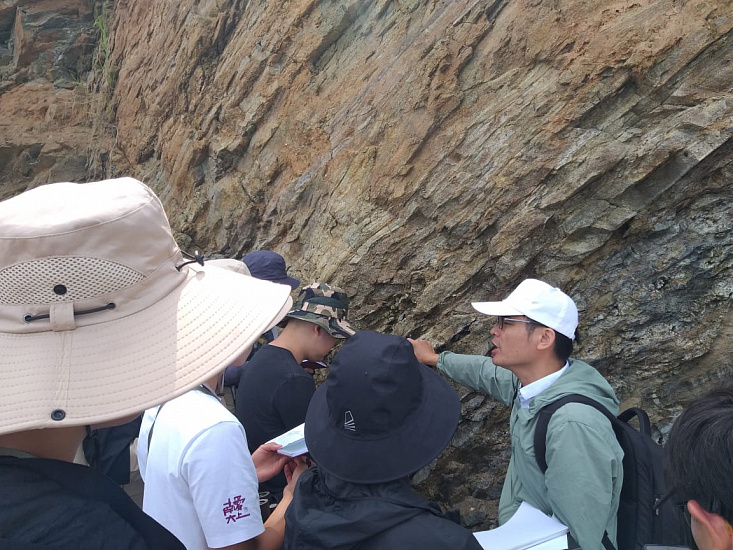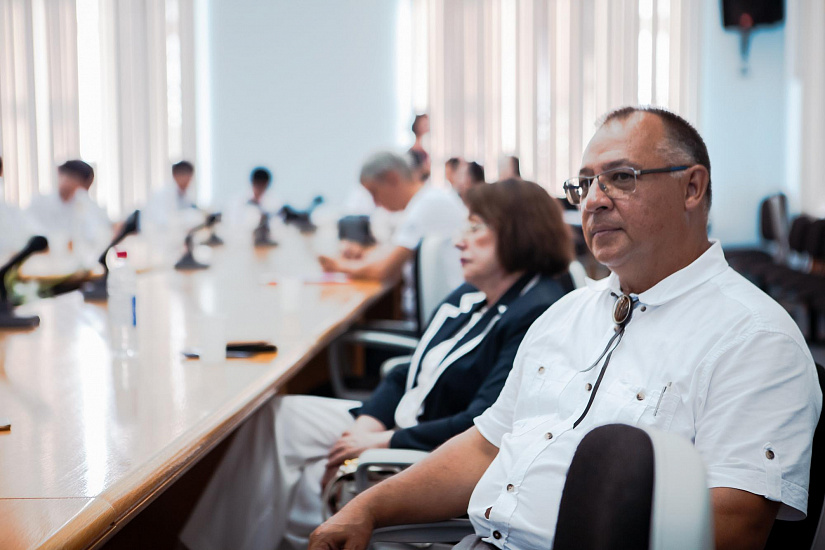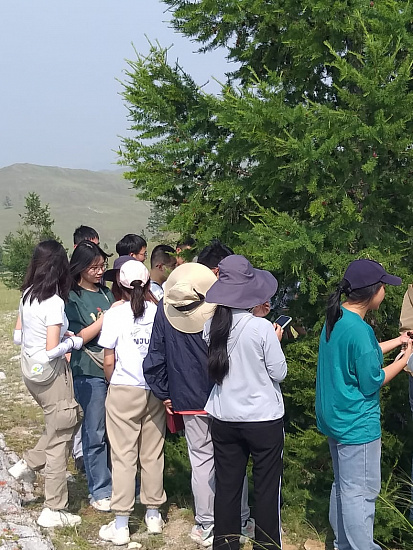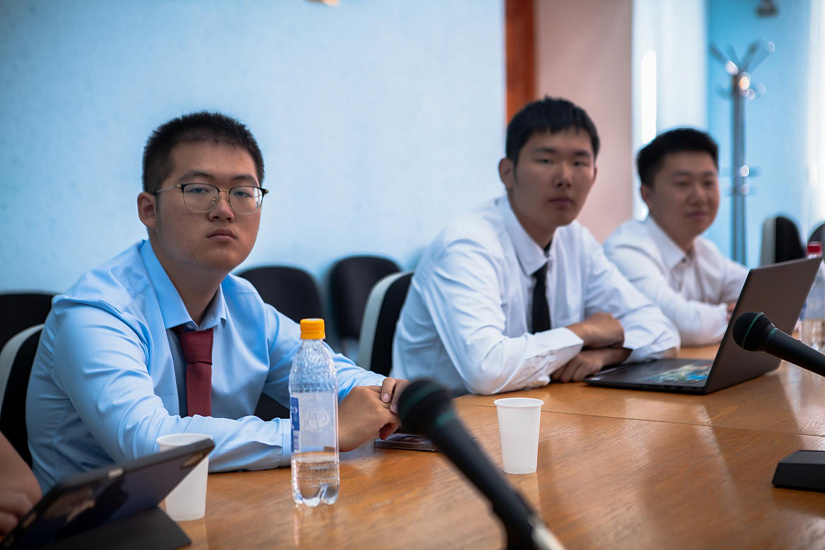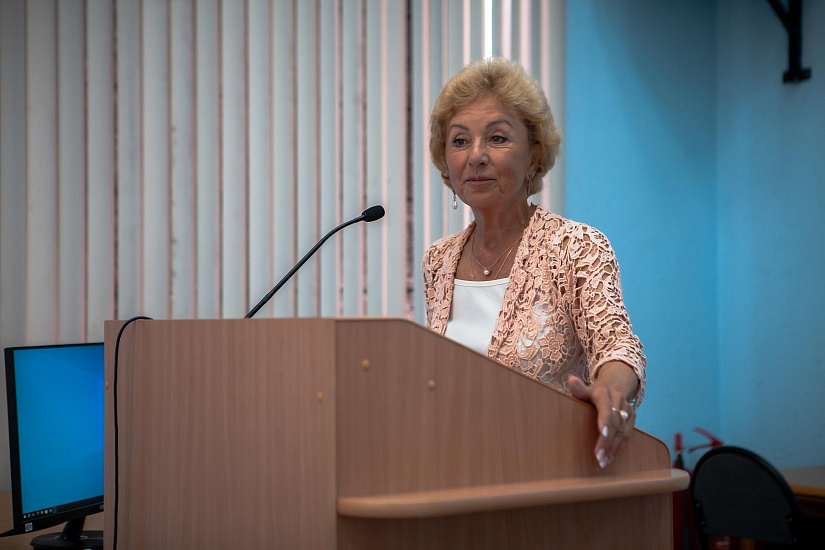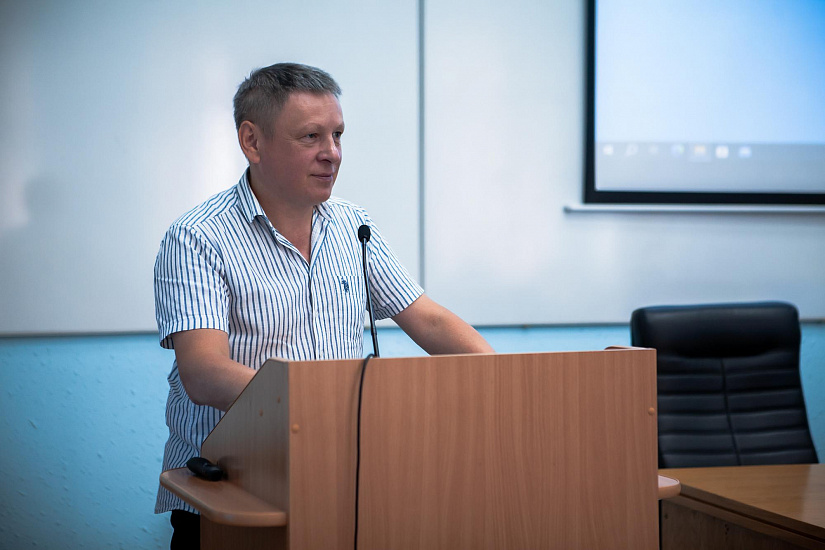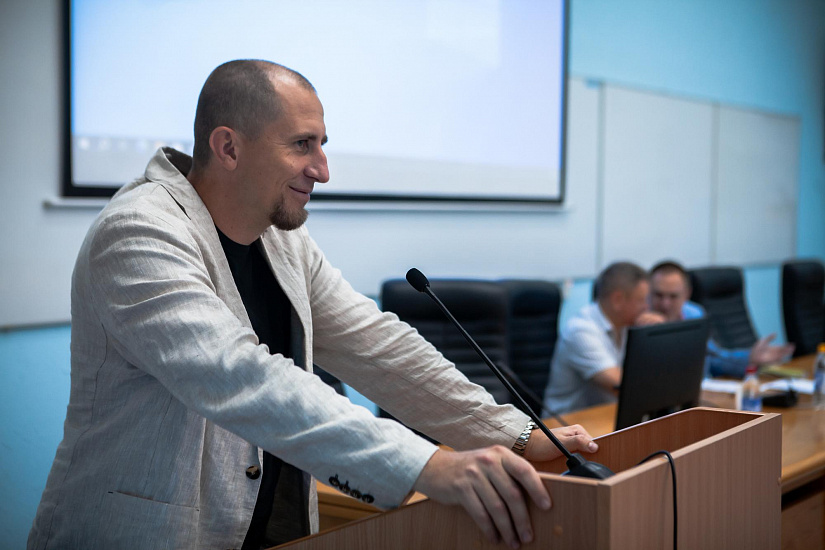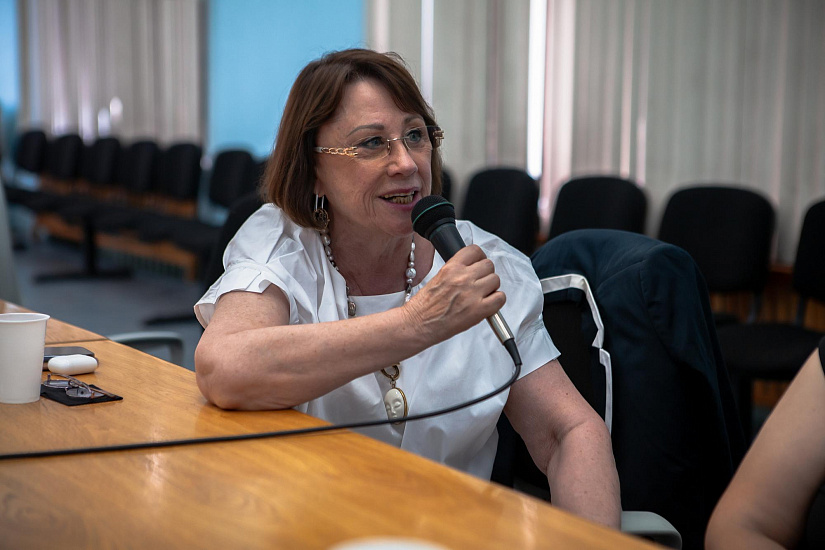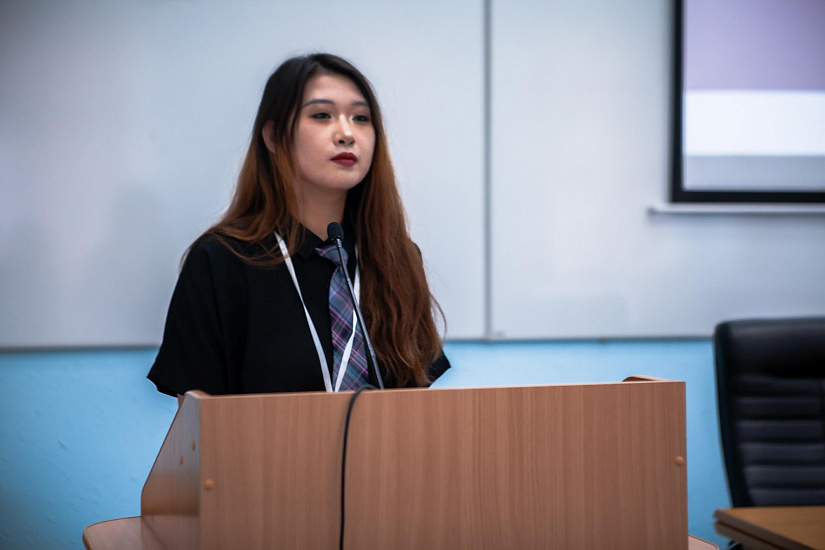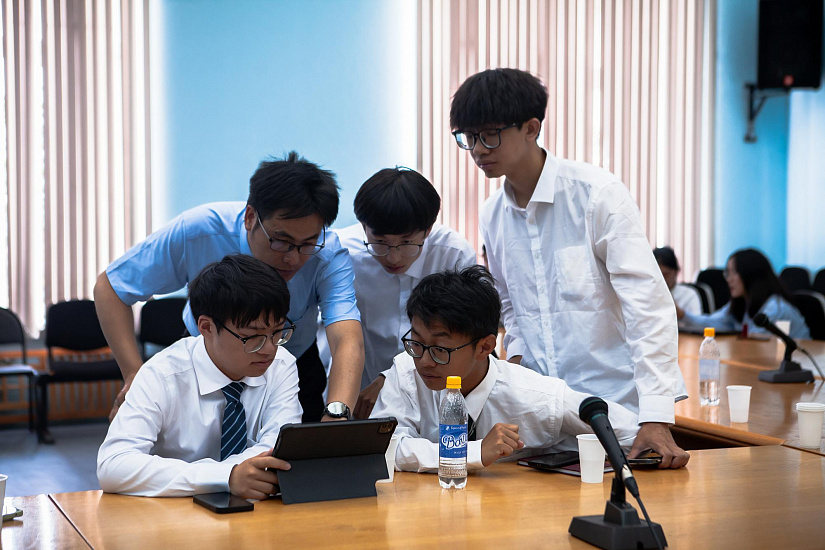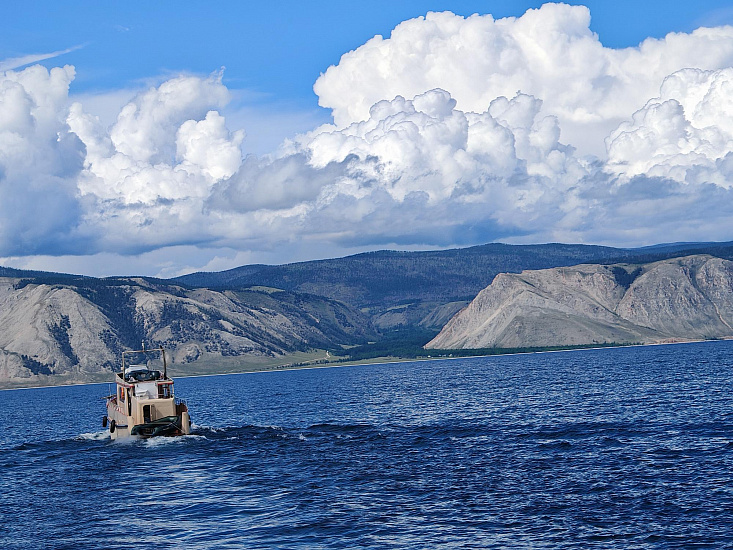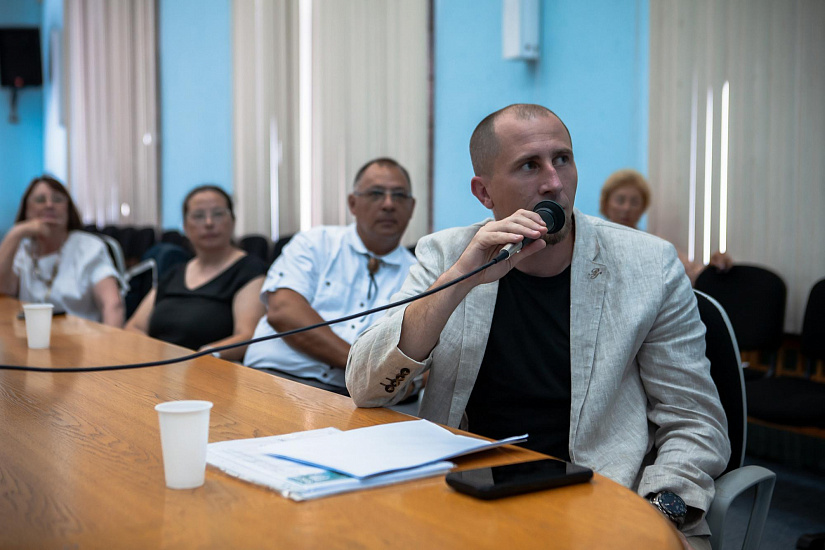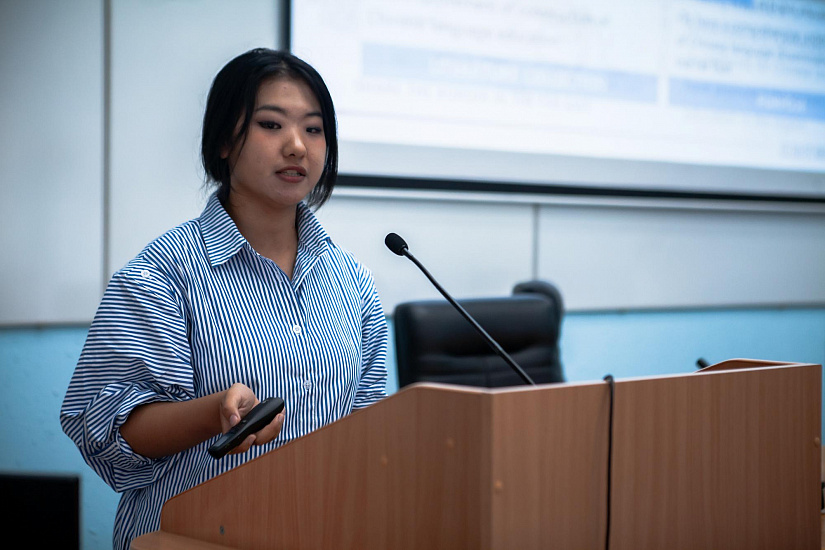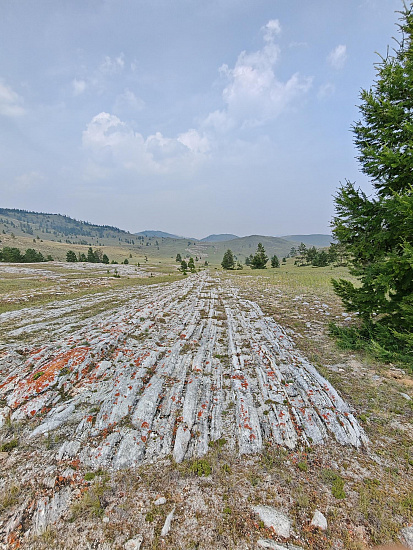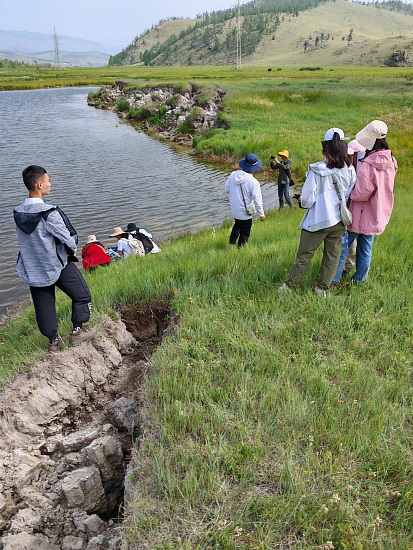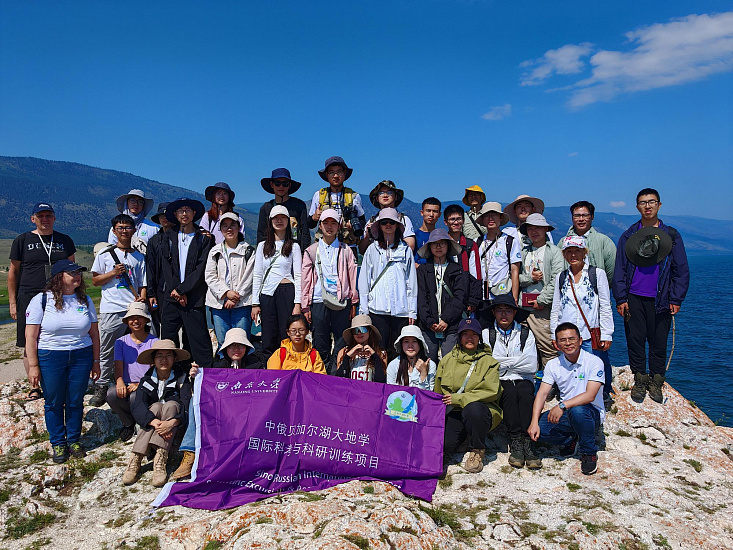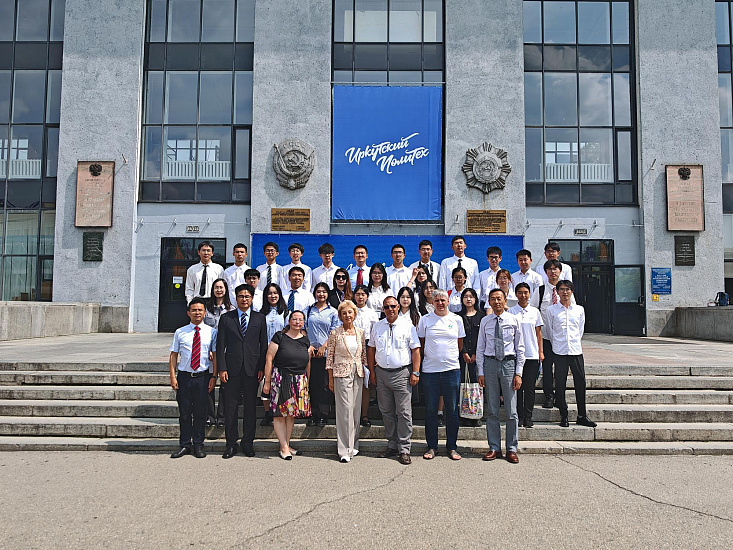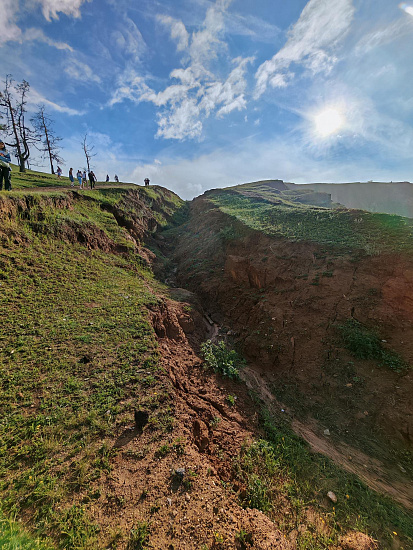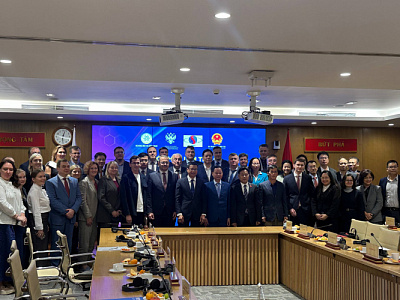Participants of the "Baikal, the Pearl of the World" Russia-China Expedition Presented Research Results at INRTU
On July 30, INRTU summarized the results of the "Baikal, the Pearl of the World" Russia-China expedition. The participants presented the outcomes of the field research conducted on the Priolkhonskoye (the Olkhon region) plateau. The research was devoted to the study of geological, hydrological and geographical features of the Baikal Rift Zone (BRZ).
The "Baikal, the Pearl of the World" project opened at INRTU on July 18. The participants were 29 students and 3 teachers fr om Nanjing University (China). They spent two weeks getting acquainted with INRTU, Irkutsk city and improving their skills at the Chernorud base of practices under the guidance of the Siberian School of Geosciences (SSG) staff.
On the part of INRTU the expedition was led by Larisa Auzina, Head of the SSG Hydrogeology Laboratory. From Nanjing University the scientific project was supervised by Professor Zhang Yongzhan (Zhong).
INRTU Rector Mikhail Korniakov congratulated the students and teachers on the successful completion of the expedition:

"We are glad to welcome the representatives of Nanjing University in Irkutsk. Your visit to Lake Baikal has inspired each of you to new scientific achievements. At the INRTU base of practices, you were introduced to local geologists’ work methods and the unique nature of the Olkhon region. I hope that the next project stage will be held at Nanjing University with INRTU students' participation. This initiative is a good example of Russia-China's exchanging experience and strengthening friendly relations".
Stepan Bykov, INRTU Vice-Rector for International Affairs, continued the event:

"Due to the coronavirus infection and organizational circumstances, the "Baikal, the Pearl of the World" project could be resumed only after five years. I would like to believe that the Russia-China expedition will become an annual event, attracting students from other Chinese universities," he said
Together with the participants, Alexander Parshin, the SSG Scientific Director, went to the Chernorud base of practices. According to him, the students courageously overcame the expedition routes and did their best to learn as much as possible from the INRTU teachers.
Prof. Zhong thanked the INRTU students for their hospitality:

"Many thanks to the university for the warm welcome. It is gratifying that INRTU Professor Raisa Lobatskaya is still involved in the expedition work as a scientific advisor. Together with Professor Zhu of Nanjing University, she helped to get this project started. We will be glad to organize a geological internship for the INRTU students at our university, wh ere they will get acquainted with the geological objects in the Yangtze valley, starting from its delta on the Pacific coast".
After the official part, the students presented the results of their research on various topics. They managed to collect data thanks to the rich program of the expedition. The routes were carried out on the Priolkhonskoye plateau, including the Tazheran array of the oldest geological formations, the Sarminskoye gorge and the Kurminskaya pebble spit. The students took water samples from salt and fresh lakes of various origins, as well as from the Anga, Sarma, and Zunduk rivers.
In addition, the Chinese students studied endemic plants, visited karst caves, and learned to work with unmanned aerial vehicles (UAVs).
The students were particularly interested in the report on the Baikal rift tectonics. Another study was devoted to the Chinese language promotion across the Siberian region. The variety of topics is due to the fact that students at Nanjing University study in different fields.
Head of the Geophysics Department, Konstantin Konstantinov, who supervised the work of the geology group of students, highly appreciated the presented reports:

"The students had little time to prepare their presentations. However, thanks to their diligence, they did a very good job. At the beginning of the internship, I told my future colleagues about the formation of the Olkhon region. This area is unique. You can learn a lot about the region's geological development by walking along the expedition routes, which include tectonic structures. Over the trip, we selected rock samples that will be analyzed in the SSG laboratories and Nanjing University. These materials will allow us to prepare joint articles for high-impact publications".
Summing up the expedition results, Larisa Auzina said that the Chinese students impressed her with their discipline and thirst for knowledge:

"The expedition members' diversity had a positive impact on how this project went. In China, they are trained as geologists, geographers, oceanographers, biologists and journalists.
The practice has been the proof that nature is a single living organism in which everything is interconnected. This is especially obvious at the Olkhon region's territory, which revealed its secrets to us generously, from the geotectonic development and formation of the modern relief to the distribution of endemic flora and fauna.
The participants of the expedition also learned about the origin and development of human life in the Olkhon region during the Stone and Iron Ages. The most interesting archeological findings were shown and described by Sergey Snopkov, Artur Kharinsky and the expedition's technical supervisor Vitaly Ruposov.
Together with the Geography Department students, we determined the chemical composition and physical properties of local natural waters. The selected samples from lakes with increased hydrogen sulfide content will be analyzed by Russian students in the chemical-analytical laboratory. We intend to continue this research and hope to present the results at conferences and in the "Earth Sciences and Subsoil Use" journal".
Chinese students, assisted by INRTU teachers, first visited Lake Baikal in 2001. Later, Nanjing University joined the project, and in 2019, INRTU students completed a geological internship at Nanjing University, following the routes along the Yangtze River valley. The Chinese and Russian universities intend to continue such student exchange and skills enhancement experiences.
Photos by Arseny Chekmarev, Larisa Auzina and Konstantin Konstantinov

